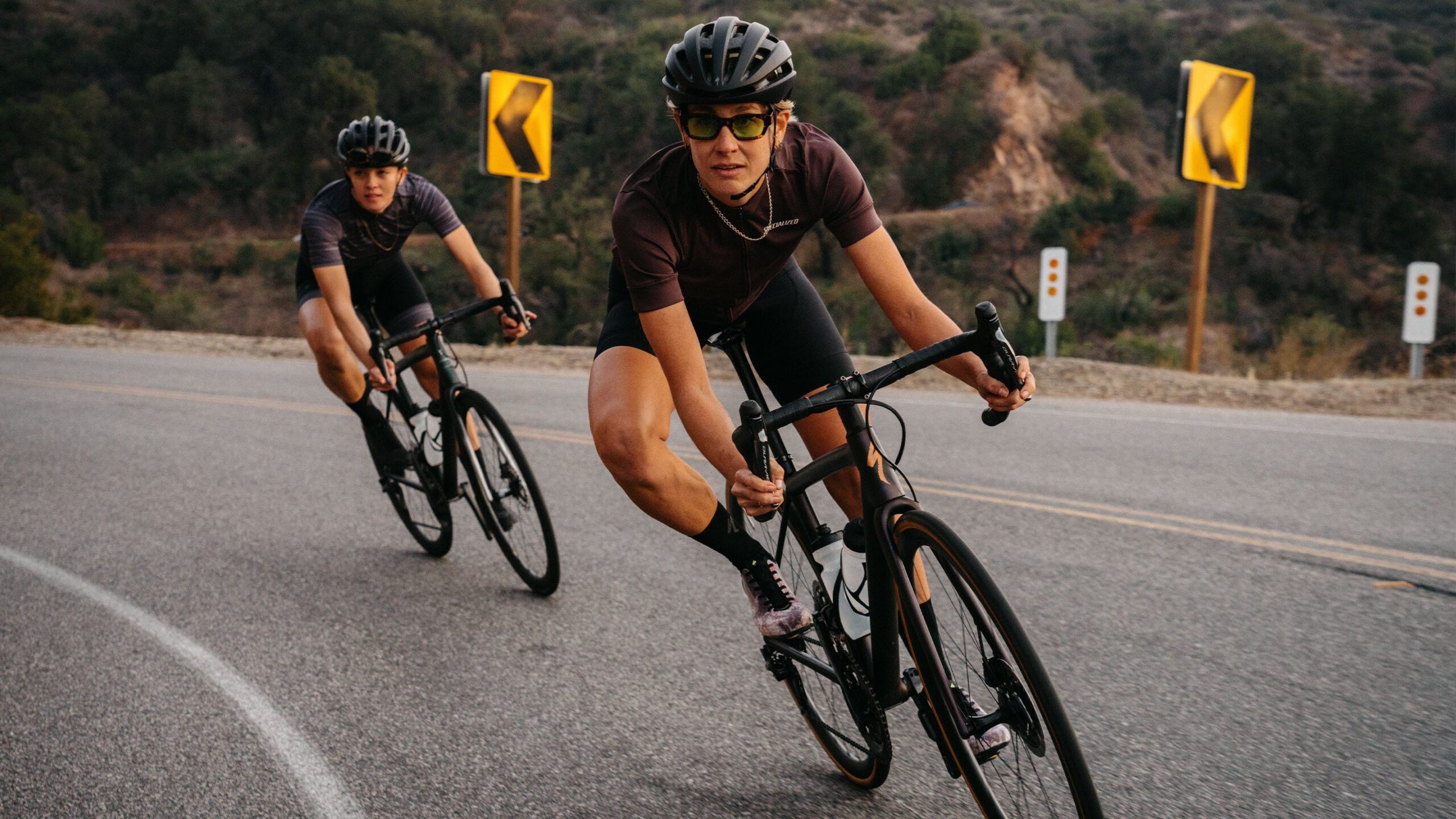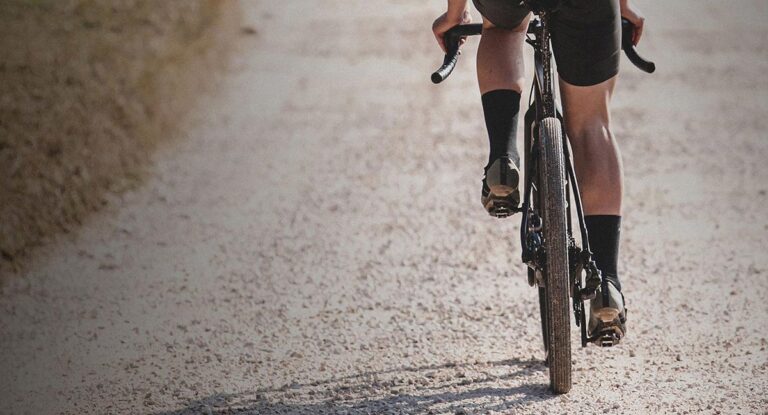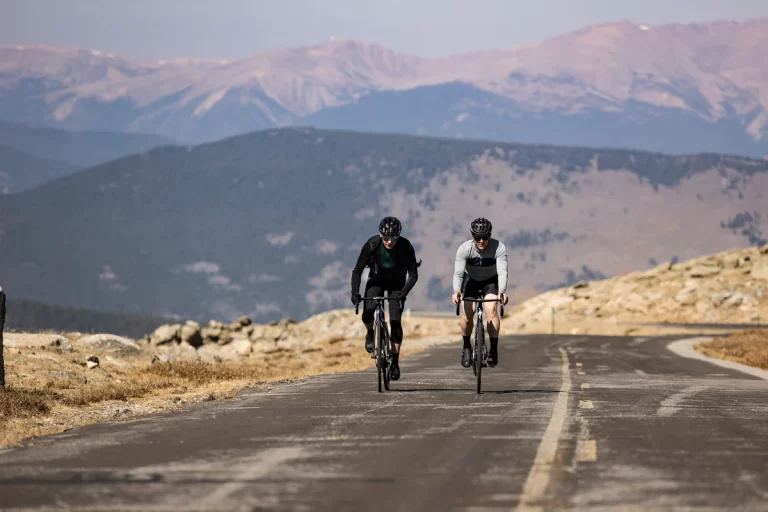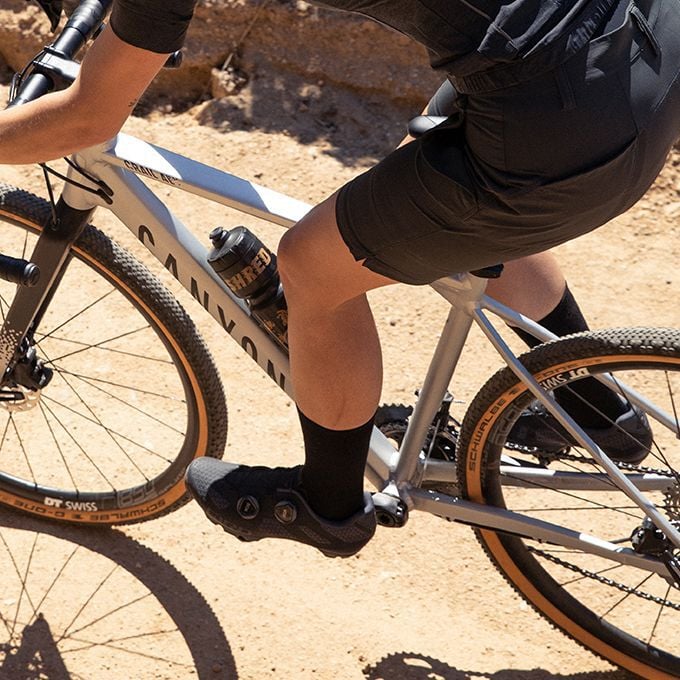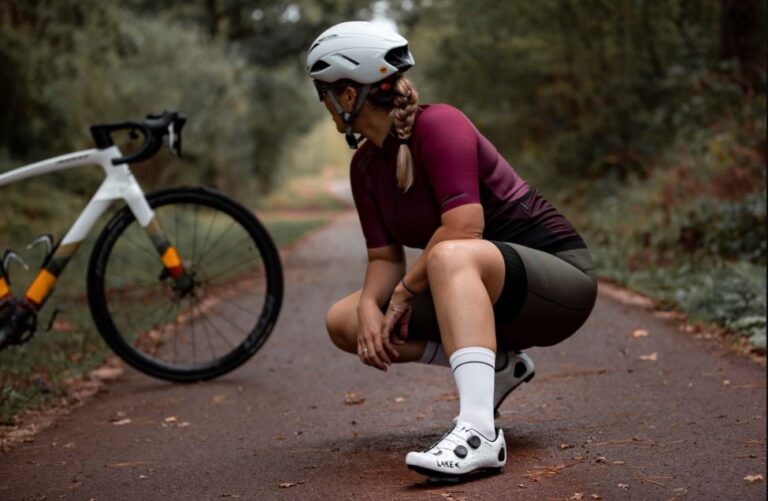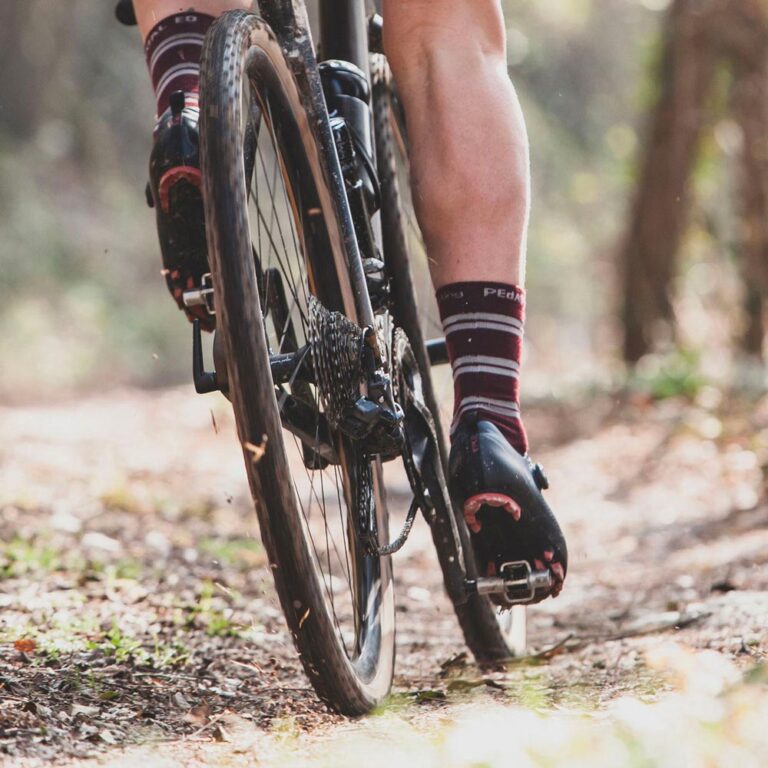Road Bike Shoe Sizing Guide: Finding Your Perfect Fit
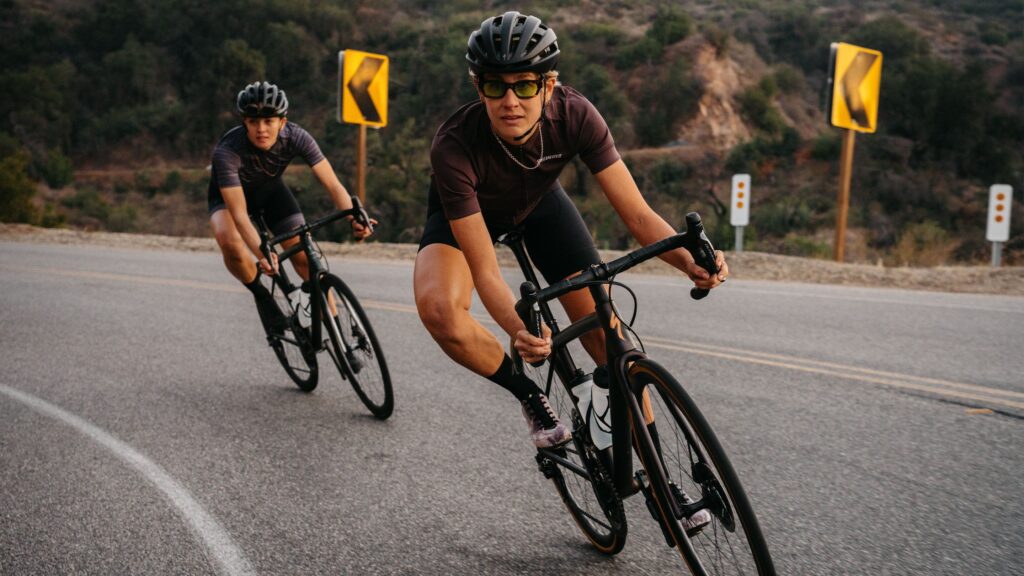
Key Point Summary of Road Bike Shoe Sizing Guide:
- Importance of Accurate Sizing: Emphasizing the need for proper road bike shoe sizing for performance and comfort.
- Steps for Measuring: Guiding through the process of foot measurement for cycling shoes.
- Considerations Beyond Size: Discuss factors like shoe width, arch support, and material that influence the overall fit.
As a masters cyclist with extensive experience in racing and riding across various disciplines including mountain biking, gravel biking, and cyclocross, I’ve learned that having the right gear is as crucial as skill and training, especially when it comes to cycling shoes. This guide is tailored for cyclists at the beginner to mid-level experience, aiming to demystify the road bike shoe sizing process and help you find that perfect pair.
Understanding the Importance of Accurate Sizing
The right size in road bike shoes is vital for comfort and effective power transfer, preventing injuries, and ensuring long-ride endurance. I recall my early days of cycling when I wore ill-fitting shoes; the discomfort was a constant distraction and it negatively impacted my performance.
Steps for Measuring Your Feet for Cycling Shoes
- Measure Your Feet: It sounds basic, but many people don’t know their exact foot size. Use a ruler or a Brannock device to measure the length of your feet in centimeters. Remember, your cycling shoe size might be different from your regular shoe size.
- Check for the Width: Road bike shoes come in varying widths. If you have wide or narrow feet, make sure to look for brands that offer these options. I’ve always had wider feet, and finding a brand that catered to my width was a game-changer.
- Consider Your Arch Height: Some people have high arches, others have low or medium. This affects the type of support you’ll need from your shoe. Custom insoles can be a great investment.
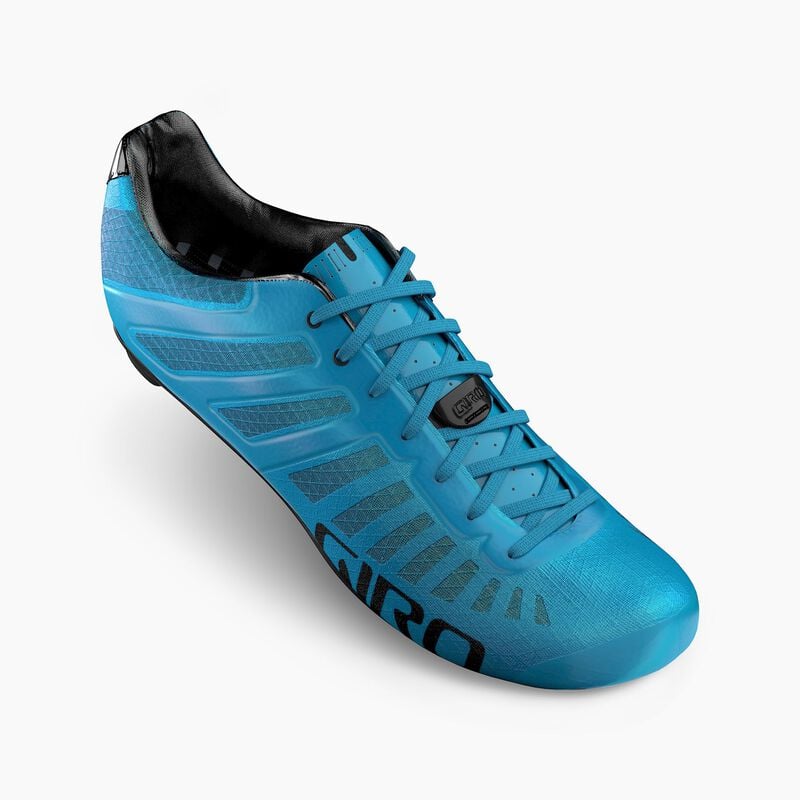
Things to Consider Beyond Just Size
Brand-Specific Sizing
Remember, sizing can vary significantly between brands. A size 44 in one brand might feel completely different in another. It’s always best to try on several brands if possible.
Closure System
Whether it’s Velcro, laces, or dials, the closure system can affect the fit. I prefer dial systems for their ability to fine-tune the tightness.
Material and Flexibility
The material of the shoe affects its flexibility. A stiffer shoe offers better power transfer but might not be as comfortable for long rides. I’ve had both stiff and flexible shoes and prefer stiffer ones for racing but flexible ones for casual rides.
Seasonal Adjustments
Your feet can swell in hot weather, so it’s important to have a little extra room. Conversely, you might wear thicker socks in colder weather.
Adjustment Period
New cycling shoes may require an adjustment period. They might feel different at first, but give them a few rides before deciding on comfort and fit.
Socks Matter
The thickness of your socks can affect shoe fit. Try on shoes with the type of socks you plan to wear while cycling.
Biomechanical Considerations
Factors like pronation or supination of your feet can influence shoe comfort and fit. In some cases, custom orthotics might be necessary for optimal alignment and comfort.

Shoe Stiffness
Higher-end shoes tend to be stiffer, which is great for power transfer but can be less comfortable for some riders. Consider what balance works best for you.
Half Sizes and Volume
Some brands offer half sizes or different volume options (standard, high, or low volume) which can greatly influence the fit, especially if you have unique foot shapes or sizes.
Temperature Changes
Your feet can expand slightly in hot weather, so consider this if you’re cycling in different climates.
Replaceable Parts
Look for shoes with replaceable parts like buckles or straps. This can extend the life of your shoes, especially if you ride frequently.
Women-Specific Designs
Women’s cycling shoes are designed to fit the typical female foot, which is narrower at the heel and wider at the forefoot. Female cyclists should consider trying these for a better fit.
Online Sizing Tools
Many brands have online tools to help determine the best shoe size. While useful, these should be used as a guide rather than a definitive answer.
Return Policies
If purchasing online, check the return policy. Some stores offer free returns, which can be helpful if you’re experimenting with size and fit.
Personal Experience and Tips
Over my cycling career, I’ve tried numerous road bike shoes and learned a few lessons:
- Always Try Before You Buy: It’s tempting to order online, but trying shoes in a store is invaluable. I’ve avoided many poor fits this way.
- Leave Room for Toes: Your toes shouldn’t touch the front of the shoe. This small space is essential for comfort, especially on long descents.
- Check the Heel Cup: Your heel should fit snugly without being too tight. I’ve had shoes that slipped at the heel, causing blisters and inefficiency in my pedal stroke.
Considering the various factors discussed in the road bike shoe sizing guide, here are five of the best road bike shoes that encapsulate these points:
- Shimano S-Phyre RC9: These shoes are known for their excellent power transfer thanks to the stiff carbon sole, while still providing a comfortable fit. They come with adjustable closure systems that cater to different foot shapes and sizes.
- Specialized S-Works 7: Offering a great balance between stiffness for performance and comfort for long rides, these shoes feature a Body Geometry design that helps optimize alignment. They are available in multiple widths, catering to a range of foot sizes.
- Giro Empire SLX: Lightweight with a classic lace-up design, these shoes provide a highly customizable fit. The laces allow for even pressure distribution across the foot, and the shoes are known for their breathability and comfort.
- Fizik R1 Infinito: These shoes stand out for their comfort and fit, with high-quality upper and adjustable fit options. They also feature replaceable heel pads, extending the life of the shoes.
- Lake CX402: These shoes are unique for their custom-fit options, with the ability to heat mold to the rider’s foot. They’re especially suitable for cyclists with wider feet or those who require a more specialized fit.
Each of these models excels in different aspects, such as comfort, fit customization, power transfer, and durability, making them top choices among road cycling shoes.
Final Thoughts
Finding the right size in road bike shoes is a balance of understanding your foot measurements, considering the unique aspects of cycling shoe design, and factoring in personal comfort and performance needs. As you gain experience, you’ll get a better sense of what works best for you. The right pair of shoes can significantly enhance your cycling experience, so take the time to find your perfect fit.
John
FAQ
Should cycling shoes be tight or loose?
Cycling shoes should fit snugly without being overly tight. They should offer a secure fit to ensure efficient power transfer, but not so tight as to cause discomfort, restrict blood flow, or create pressure points. There should be enough room to wiggle your toes, and your heel should stay in place without slipping.
How do you measure your shoe size for cycling?
To measure your shoe size for cycling, follow these steps:
- Place a sheet of paper on the floor against a wall.
- Stand on the paper with your heel against the wall.
- Mark the longest part of your foot on the paper. Do this for both feet as they can be different sizes.
- Measure the distance from the edge of the paper to the mark in centimeters. This is your foot length.
- Use this measurement and refer to the specific sizing chart of the cycling shoe brand you’re interested in, as sizes can vary between brands.
How to fit road cycling shoes?
To fit road cycling shoes properly:
- Size Correctly: Ensure the shoes are the right size, with about a thumb’s width of space in front of your toes.
- Check Width: The shoes should be snug but not tight, with enough room to avoid pinching or restricting blood flow.
- Heel Fit: Your heel should fit securely without slipping.
- Arch Support: Ensure there’s adequate support for your arch type.
- Closure System: Adjust the closure (laces, straps, dials) for a secure, comfortable fit without excessive pressure.
- Test: Walk around in the shoes to check for any discomfort or pressure points.
